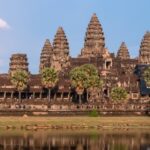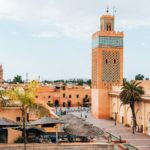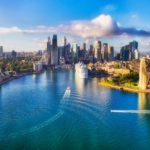Reykjavik can be found on the coast of Iceland, it is the country’s biggest city and has 60% of Iceland’s population living there. As the capital of Iceland, Reykjavik acts as the commercial, industrial, and cultural centre of the country. Reykjavik is an exciting adventure, the art scene here is thriving and the island is breathtakingly beautiful. Make sure to experience the buzzing nightlife or visit the many public outdoor swimming pools that Reykjavik has to offer. No matter whether you visit in summer or winter, there will be so much to do.
Get the most of Reykjavik with these 17 things to do …
Hallgrímskirkja Church
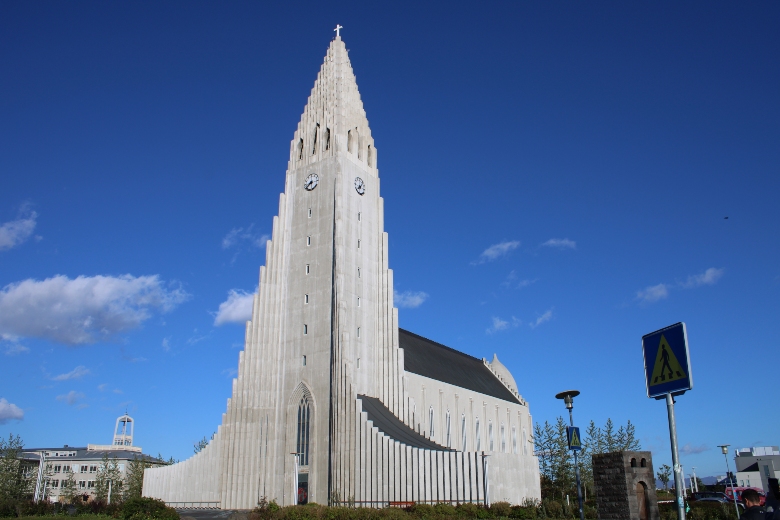
Hallgrímskirkja church is the most prominent landmark in Reykjavik. Located in the city’s center, it is both a parish church and Iceland’s national sanctuary. Hallgrímskirkja is stunning on the inside as it is on the outside. Built-in the early-1940s by Guðjón Samúelsson, the church was in construction for 41 years and was finally consecrated in 1986.
Inside, there is a colossal 15-meter high and 25-ton organ that was built by Johannes Klais. This is one of the church’s most notable features. You can see Hallgrímskirkja church from almost anywhere in Reykjavik, it is an ever-present feature of the city’s skyline.
After viewing the church, ascend to the 74.5-meter tower and get the best view of the city.
Note: The Lutheran church still holds services each Sunday.
Harpa
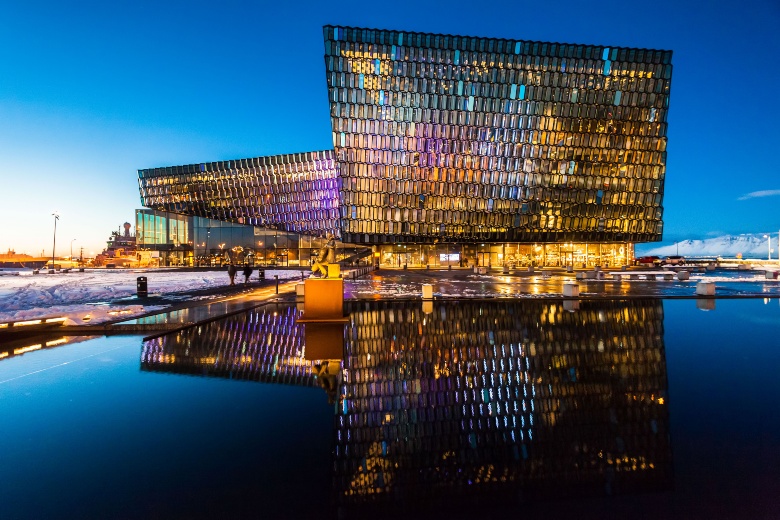
Harpa is a dazzling concert hall in Reykjavik. The exterior of the hall is jaw-dropping, certainly, one of the most beautiful you may ever see. The architecture of the building is uniquely artistic, it has a facade of 714 glass panels, all of which are of different shapes and built with an LED light that allows for shows whenever the sky is dark.
Construction of Harpa was led by Henning Larsen Architects, and started in January 2007 and finished in May 2011. Since its opening, it has been visited by more than three million people.
Harpa houses the Icelandic Symphony Orchestra and Icelandic Opera, and many festivals also take place here. At Harpa, there are two restaurants inside which serve authentic Icelandic food. You can also visit the small gift shop which sells unique gifts.
This extraordinary landmark is one of the best places to attend a concert in Reykjavik.
Tp: Go to the Harpa at night and see as the windows change in a rainbow of colors.
National Museum of Iceland
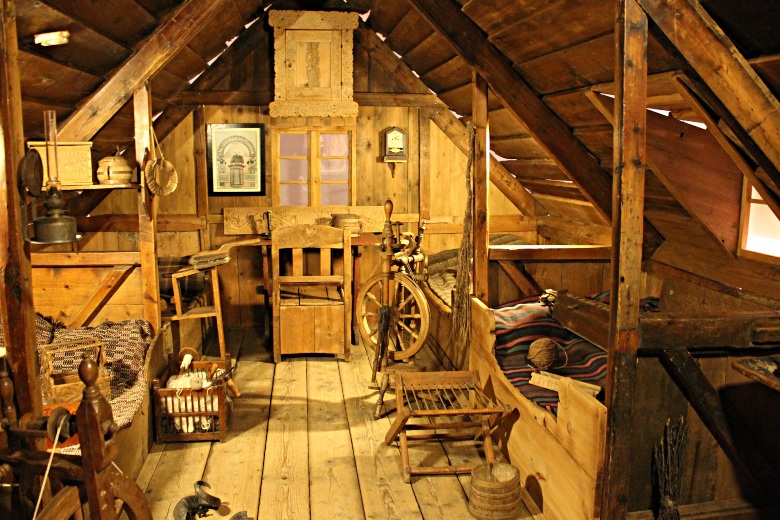
The National Museum of Iceland is the best place to take a thorough look at Iceland’s history. Get a deeper understanding of how Iceland’s culture has evolved. There is 1,200 years of human history to get through! There are a number of fascinating exhibitions at the museum both permanent and temporary.
The collection at the National Museum has been gathering since 1863 and is laid out over two floors. The 13th-century Valþjófsstaðir here is priceless. The church door is carved with the story of a knight, his faithful lion, and a passel of dragons. Also, check out the Saga of Hofstaðir exhibition (open until the end of 2022), and learn about the three decades of archaeological work that took place in North Iceland.
Leave the museum enlightened about the creation of the Icelandic nation and its history.
Downtown Reykjavik
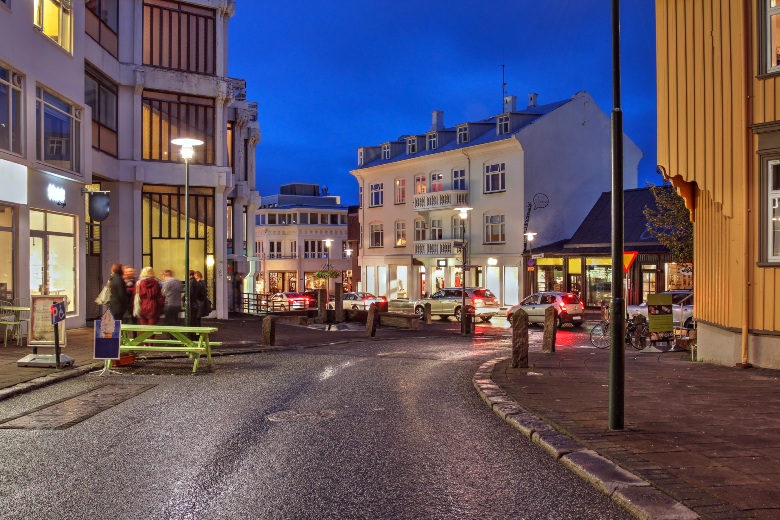
Downtown Reykjavik is a hub of life! There are a host of shops, pubs, bars, and restaurants to explore. Downtown Reykjavík is normally referred to as Miðbæjarrotta or the “Downtown Rat.”
The Old Harbour Area is also downtown and it is the heart of Reykjavík. Originally purposed for fisheries and trade, the old harbor is now a major tourist hot spot. There are art galleries, museums, and excellent restaurants to explore. Whilst downtown, explore Norðurmýri, one of the most charming neighborhoods of the downtown area.
Downtown Reykjavik is astonishingly vibrant, you will surely not miss out on the rich culture and history packed on the streets.
Street Art Tour
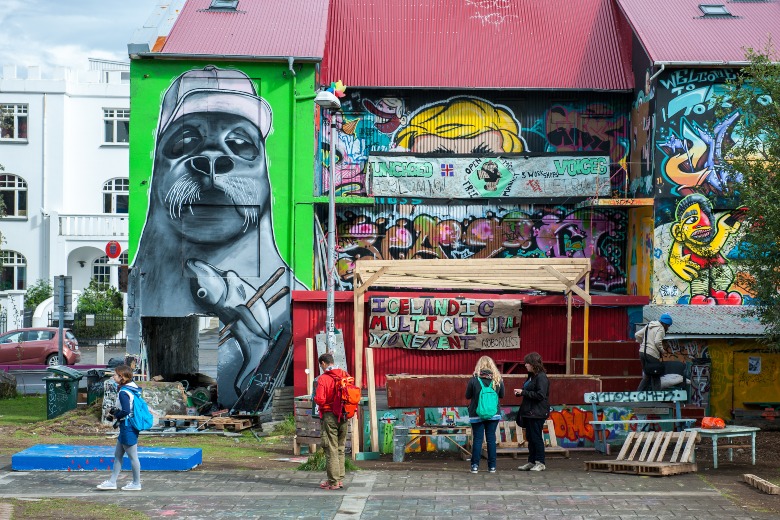
A street art tour is a really fun thing to do whilst in Reykjavik. The dynamic street art scene here has really grown over the last few years. You will find that there are several artworks from urban graffiti to show-stopping murals titled “Wall Poetry” that adorn many buildings. You will also find a lot of photorealistic work on the walls.
Some street art to definitely check out is the Horses in the night, Graeggi, Vampire, Masquerade, and many many more. Artists that you should look out for are Guido van Helten, Cara To, and John Gent amongst a few. Locations to pass through on your tour are Grandi, Frakkastígur, Laugavegur, and Suðurgata.
Reykjavík is home to a thriving and prevalent street art scene – make sure you don’t miss out!
Laugardalslaug
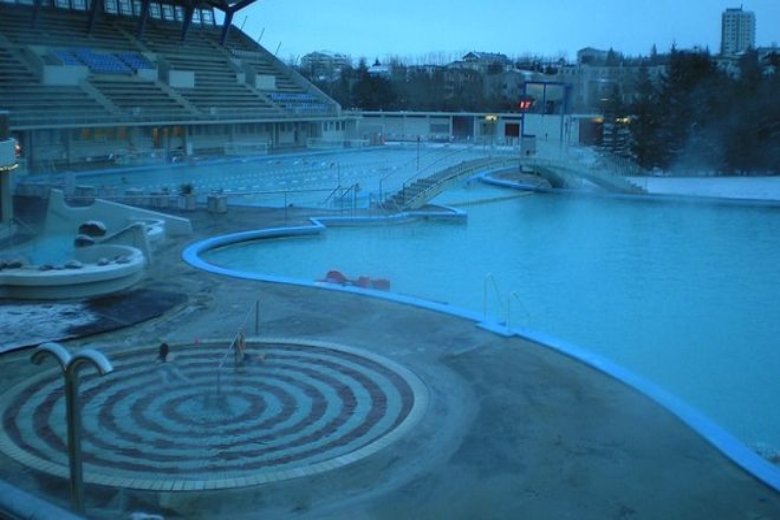
Laugardalslaug Thermal Pools is the largest swimming pool in Iceland. There are a total of three pools and a few different hot tubs. Laugardalslaug swimming pool is located in laugardalur. This area is considered the heart of sports activities in Reykjavík.
Relax and unwind in this thermal pool, but also explore the other things that Laugardalslaug has to offer. There are many health and wellbeing treatments and therapies that are available to book. You can also choose to use the gymnasium on site. There is also a mini-golf course that you can play at. The choice really is endless.
There are pools both indoors and outdoors, this is great, especially in the winter months, but the preference is yours!
Note: There is also a children’s pool and paddling pool for those with kids.
Tjörnin
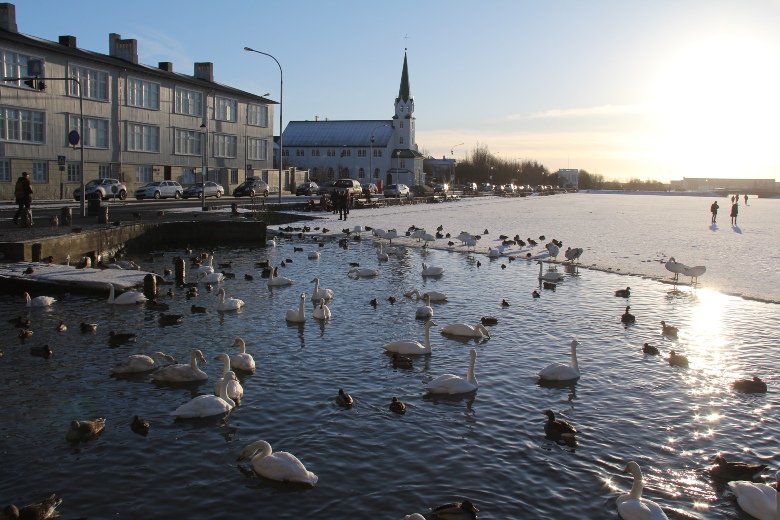
Tjörnin is a charming pond found in the centre of the city. This beautiful body of water is often referred to by locals as “The Biggest Bread Soup in the World”. This is because feeding the birds at Tjörnin is a popular pastime for many.
The birds you will also find here at the lake are ducks, geese, and swans. On Tjörnin’s banks, you will find gorgeously painted houses in the midst of trees and bushes. It is a splendid scene of nature. Reykjavik City Hall is also prominently placed on the corner of the lake. It is imposing, looking as if it is rising from the lake.
A trip to Tjörnin is a relaxing time and a walk around will surely clear your head.
Arbaer
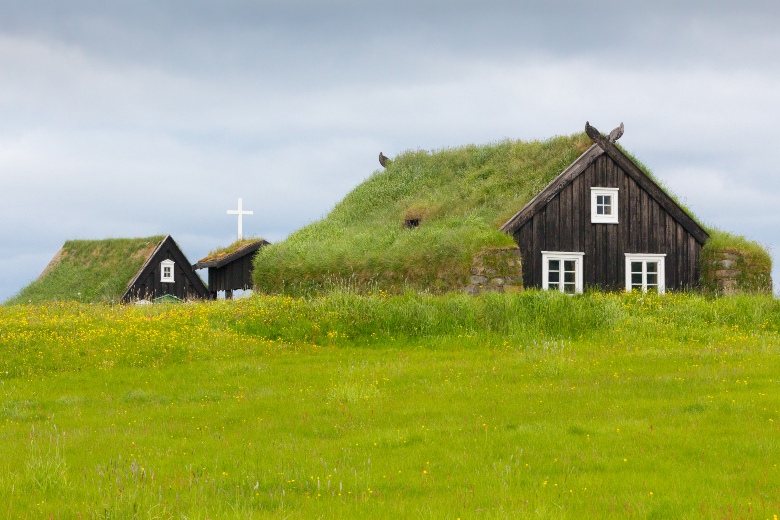
Arbear is an open-air museum located in Reykjavik’s Arbear district. The museum has more than 20 buildings which form a town square, a village, and a farm.
The museum takes you on a journey through time and allows you to experience Reykjavík´s early history. You can stroll through the past and revisit past architecture and see the way Icelanders lived. The interesting museum features the old farmhouse and also a series of restored homes.
At the museum, you will also find a restaurant that serves different specialties of old Iceland. You can try your hand at pancakes with jam and cream and the Icelandic Kleinur. Sometimes there are folk dances, classic car shows, and
Note: Depending on the time that you visit the museum, you may catch a special show.
Viðey Island
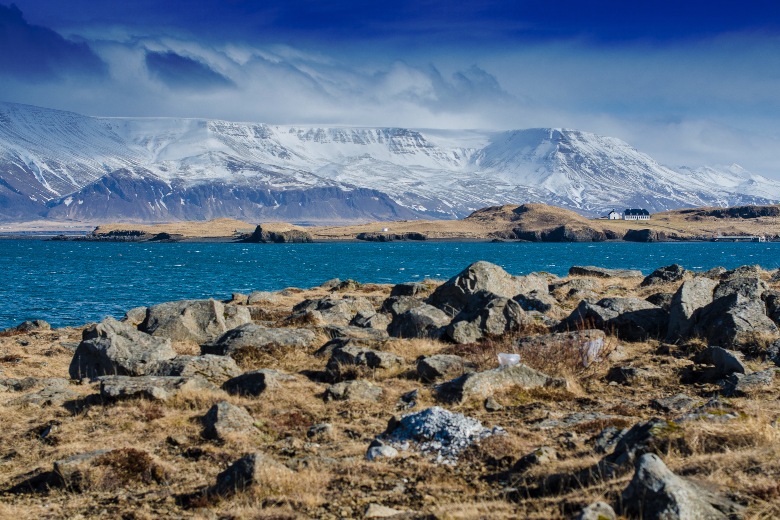
Viðey island is located in Kollfjörður, only a 20-minute ferry ride from Reykjavik. The ferry service has very regular crossings to Viðey so you will be able to get there and back quite easily. The island which was once inhabited by a group of monks is full of rich art, history, and ruins
Viðey island is well known as it houses Yoko Ono’s Imagine Peace Tower. The light installation was intended as a tribute to John Lennon and a beacon to world peace. On the island you will also find many walking trails, you can navigate the trails on foot or by bike. Apart from this, there is a small gallery and one of the oldest churches in the country.
Viðey island is unmissable for its historical architecture and modern culture.
Northern Lights
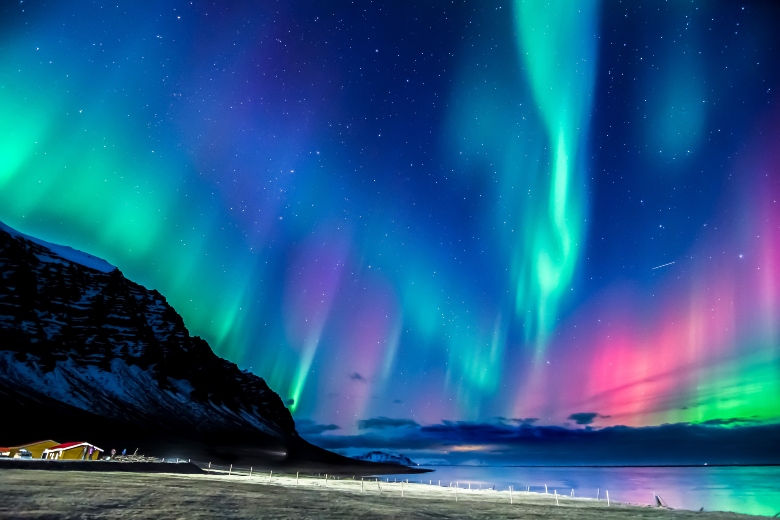
Your visit to Reykjavik is certainly not complete without trying to spot the Northern Lights. The Aurora Borealis (as they are also known), is the product of electronically charged particles from the sun colliding with the upper atmosphere. They are most visible around Reykjavík in the winter months. Trying to spot the northern lights can at times be a task as you need a clear night, but to also be in a place where light pollution can be avoided. If you are lucky enough to catch them, you will marvel at the swirling bands from pale green to pink, yellow, and blue floating across the sky.
Winter months are usually the best to see the northern lights however if you are visiting in the summer you don’t have to completely miss out. At Aurora Reykjavik, real northern lights displays captured on film are shown.
You can also go on a Northern Lights tour. This entails scouting out the best areas in Iceland to give you better chances of seeing the lights. It is a really fun experience.
Perlan
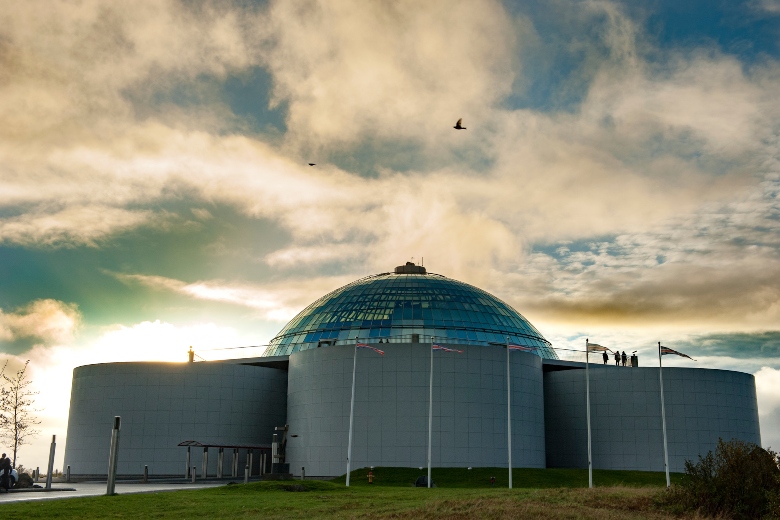
Perlan is one of Reykjavík’s most distinctive landmarks. The museum which literally translates to ‘The Pearl’ is a rotating glass dome that stands on top of Öskjuhlíð Hill (the highest hill in Reykjavík). It is one of the most amazing museums in all of Iceland. The site of the museum used to be water tanks that stored Reykjavík’s hot water.
At Perlan, you will find many interactive exhibits and also a Northern Lights planetarium. There is also an impressive man-made ice cave that was made from 350 tons of snow. It truly is the cherry on top of your Icelandic adventure. If you get hungry, Perlan has a restaurant where you can get some great food too.
A trip to Perlan is very educational. Go and learn a lot more about tectonic plates, earthquakes, geothermal energy, and more.
Night Life
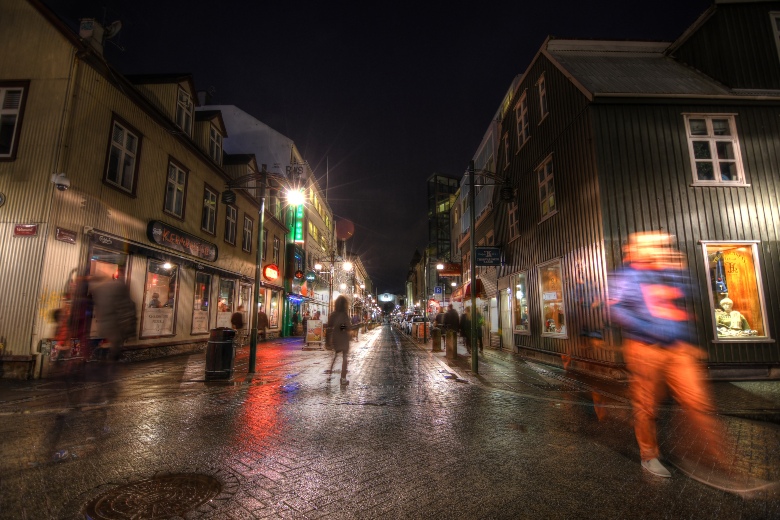
Reykjavik’s nightlife is one to write home about! The vibrant city is always fun and full of entertainment. There are plenty of restaurants, bars, and clubs in Reykjavik to discover. What makes partying here even more fun is that because Reykjavik is so small, you can typically walk between most venues. This is great for those who want to hit up many spots in one night.
You will find that the bars and clubs are mainly located in downtown Reykjavik, on Laugavegur street. The nightlife here is great from the weekday to the weekends – there are always places to visit. Also, ensure you catch the music festivals which take place in Reykjavik. The Secret Solstice Festival happens in late June, while the Iceland Airwaves takes place in November. Hear some familiar songs, but also discover newer local artists.
Reykjavik is never dull. No matter what time of the year you visit, you will be sure to find a concert or show to attend.
Mount Esja
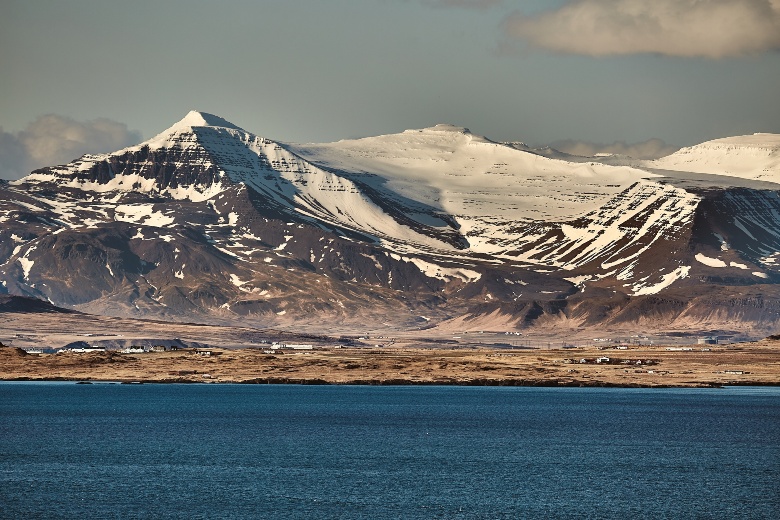
Mount Esja is the highest mountain in the vicinity of Reykjavik. Whether you are a casual hiker or more of just an extreme day tripper, a hike up this majestic mountain is something that you should add to your itinerary. The mountain stands at 914 meters, so the view from the stop is astounding.
Hike up the mountain and enjoy Iceland’s fresh and crisp air as you take in the awesome views.
The Mount Esja trail is probably the best known and most visited hiking trail in the whole of Iceland, so it is deemed perfectly safe. As you ascend the mountain, you will find that each path is marked with signs indicating the level of difficulty – if you feel like you can’t go on, you can always stop wherever you are!
Food walk
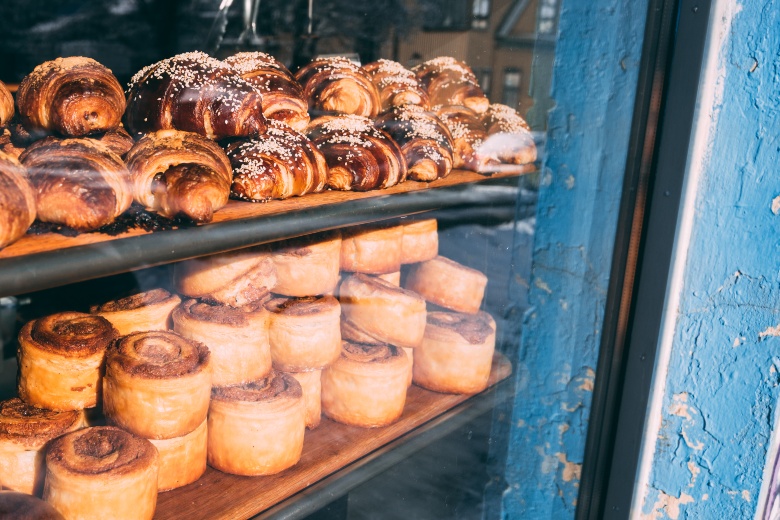
Icelandic traditional cuisine is mostly unknown outside of Iceland, so a food walk is the best way to explore and try something new.
On the walk, you will go to downtown Reykjavik and visit the amazing local cuisines. Along with a guide, stroll around the city learning about the different ingredients in dishes whilst also trying them out. Harðfiskur is a favourite that consists of dried fish! Those on the more adventurous side may want to try Svið, this is baked sheep head.
Experience Iceland through your belly whilst on this food walk – your taste buds will thank you.
Kolaportid Flea Market
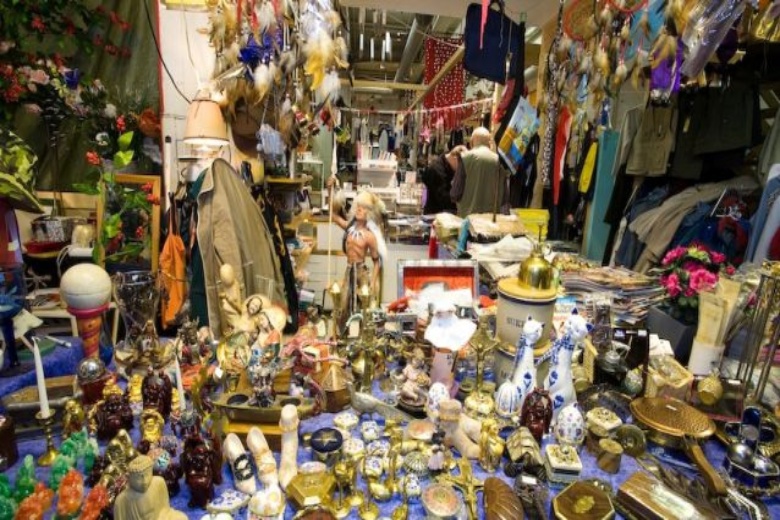
A trip to the market is always a good time. Kolaportid Flea Market is located in Reykjavik’s old harbour area so is quite central to get to. This is Iceland’s only flea market, (making it sort of a big deal!) Here you will find many different goods being sold including vintage fashion, second-hand books, liquorice and fermented shark.
The flea market takes place indoors, so it is best to go early in order to avoid the crowds. As you stroll through the many stalls, you will be amazed at the variety of things that you’ll find.
Note: The flea market is only open on weekends, so try and plan your itinerary with that in mind.
Bruarfoss Waterfall
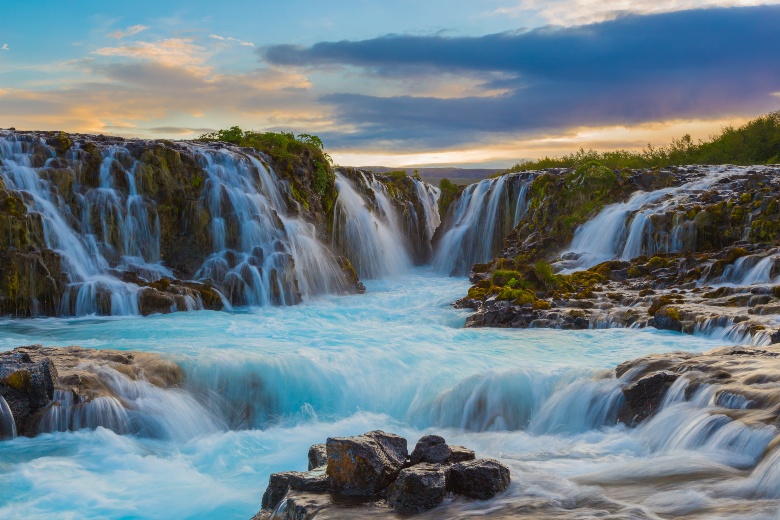
Bruarfoss waterfall is located west of Iceland, just an hour and twenty minutes from Reykjavik, and it is really a natural gem. The literal meaning of Bruarfoss is Bridge Falls, the waterfall takes its name from the stone arch that once stood over it, acting as a bridge for those who wished to cross. It is often also labeled ‘Iceland’s Bluest Waterfall’. Be stunned as the natural blue water cascades from the springs. The magnificent shade is a breathtaking picture to keep in your memory forever.
To get here, you have to embark on quite a long walk – through it is absolutely worth it! Once here, make sure to take pictures, the backdrop provided by the waterfall is sure to make your Instagram feed jealous!
Volcano House
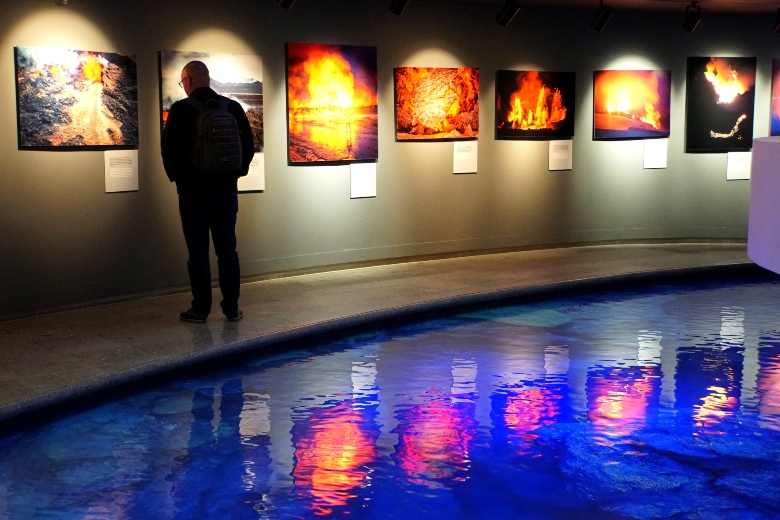
Volcano house is definitely a museum worth visiting. Although it is small compared to the others that you will find in Reykjavik, Volcano House is the best place to learn about the volcanic eruptions which happen on the island about every five to ten years.
At the museum, you will find many exhibits surrounding Iceland’s geology and volcanoes. You will even get to see many photographs of the actual volcanic eruptions. You will also witness the Volcano Cinema and see the fiery eruptions come to life in the two documentaries covering two of the most powerful volcanic eruptions that have occurred in Iceland. Iceland’s last volcanic eruption was Eyjafjallajökull. This volcano erupted on the 14th of April 2010.
Iceland is one of the most volcanically active places on earth, learning about this aspect of Iceland at the Volcano house is a great way to deepen your knowledge of the country.

